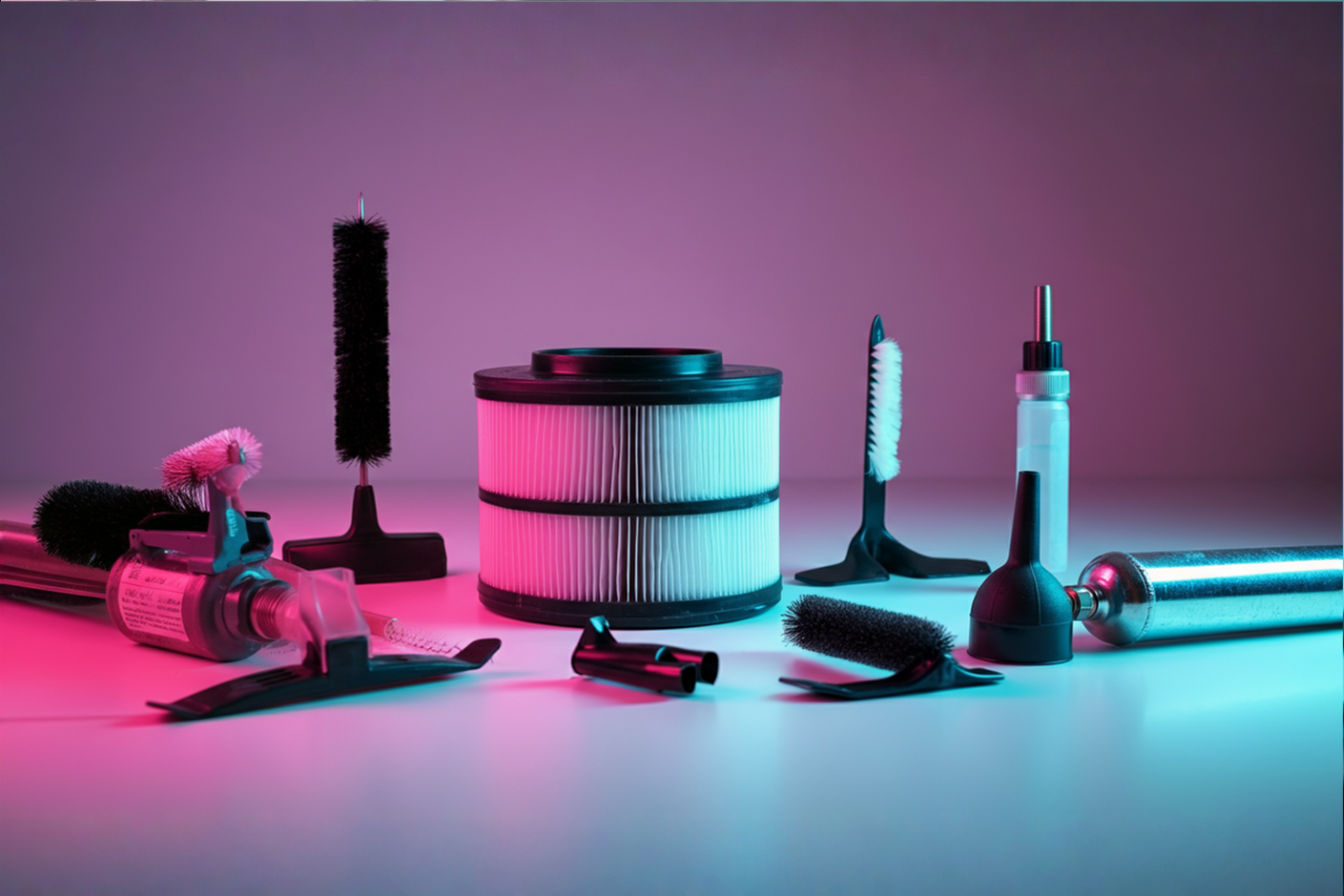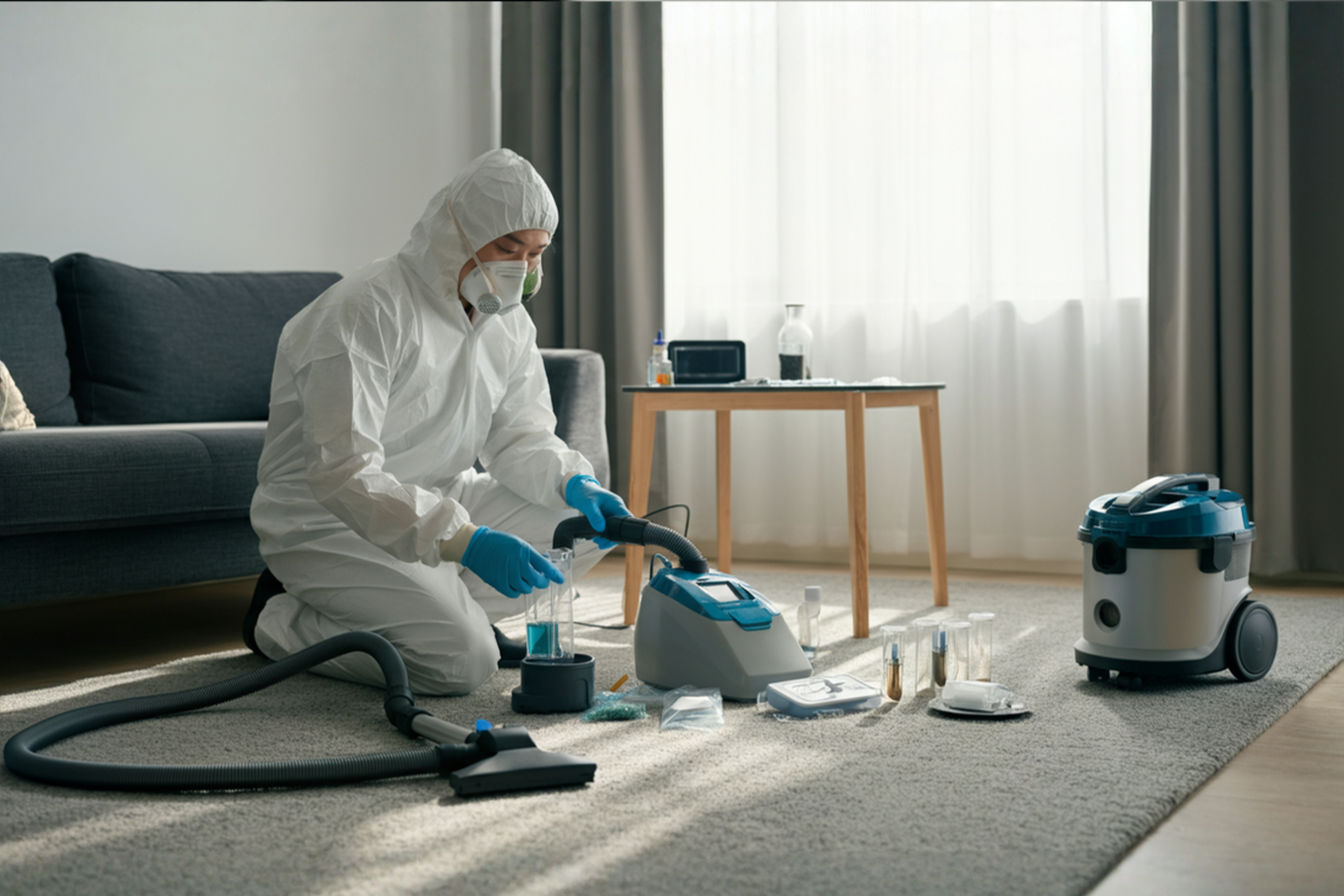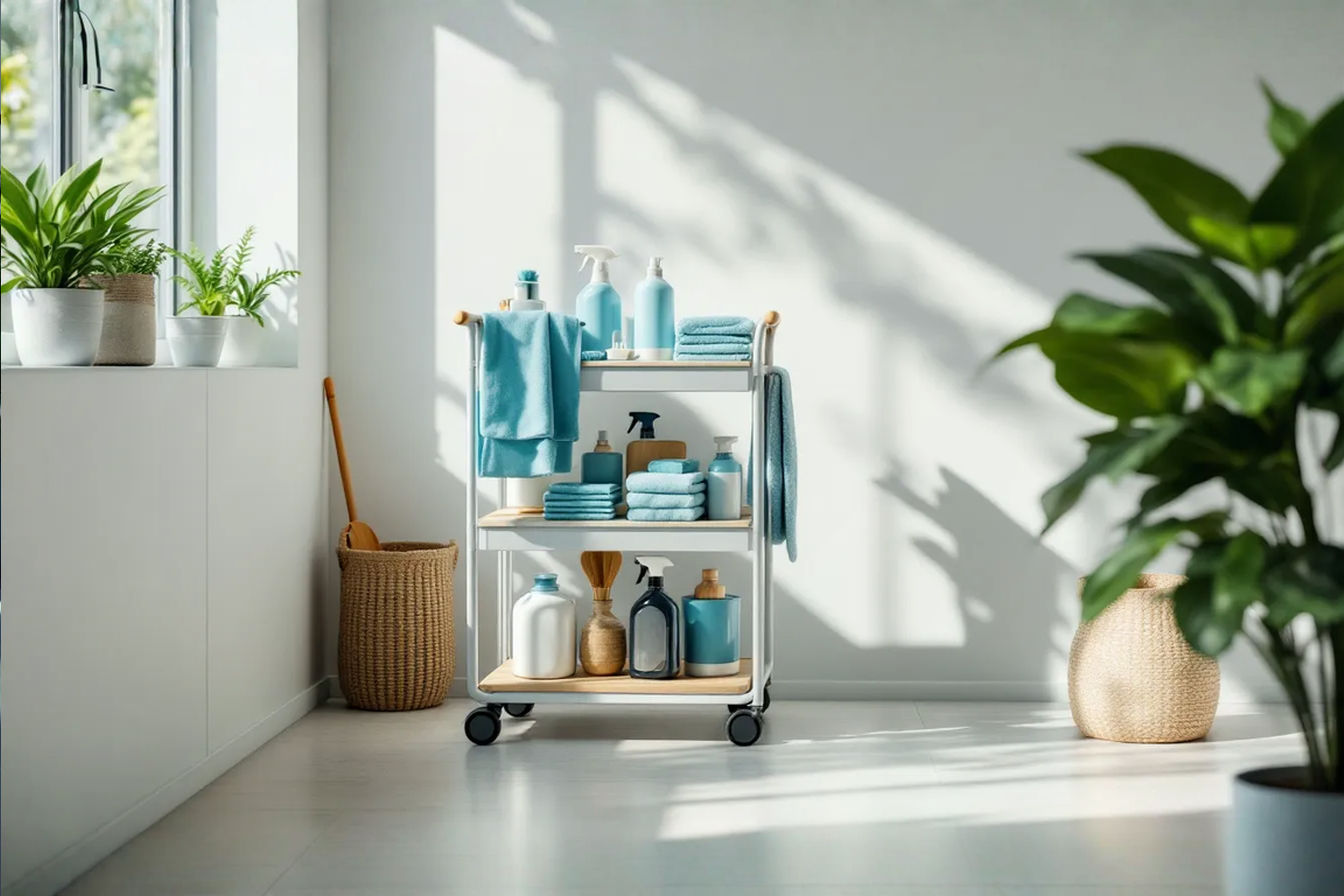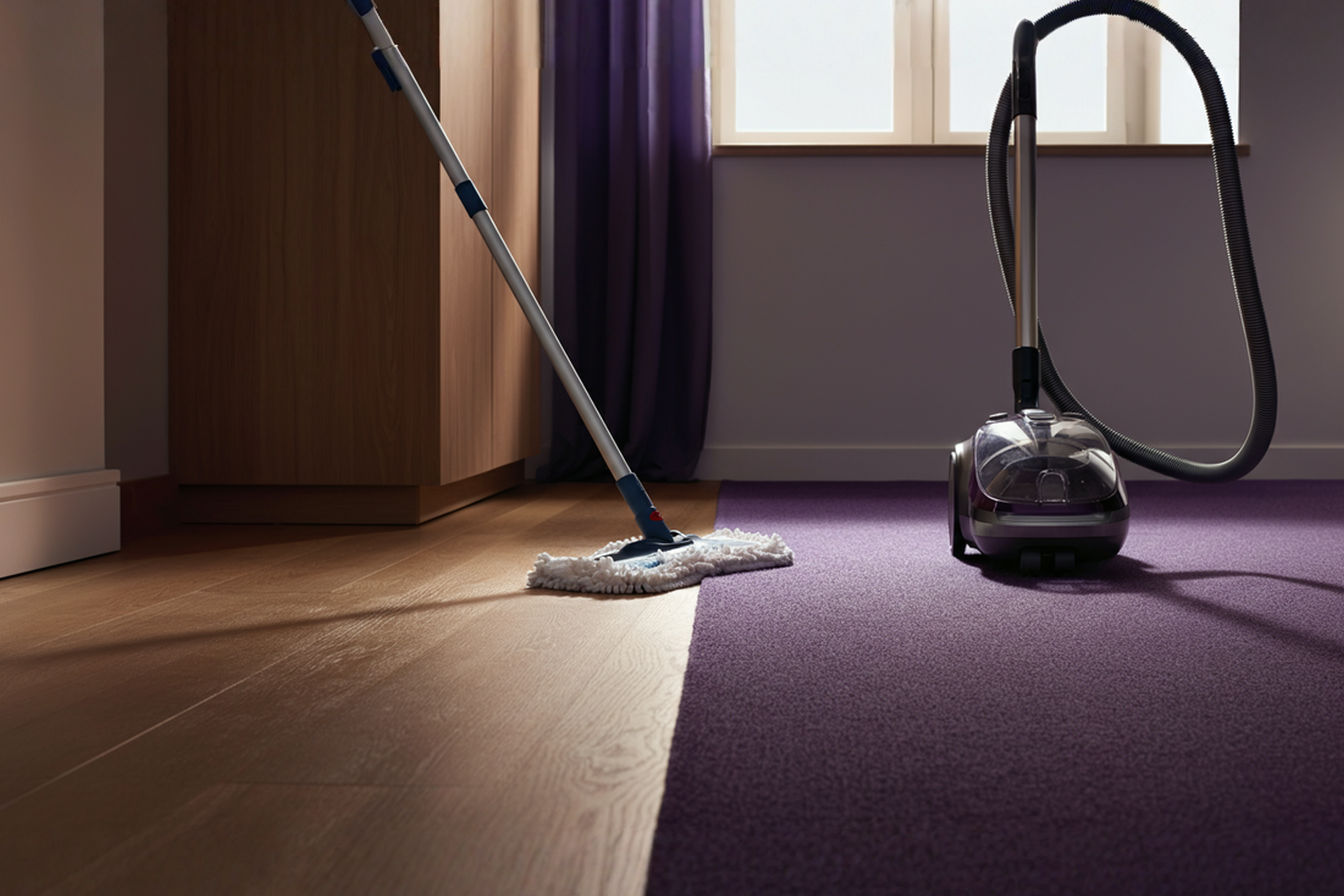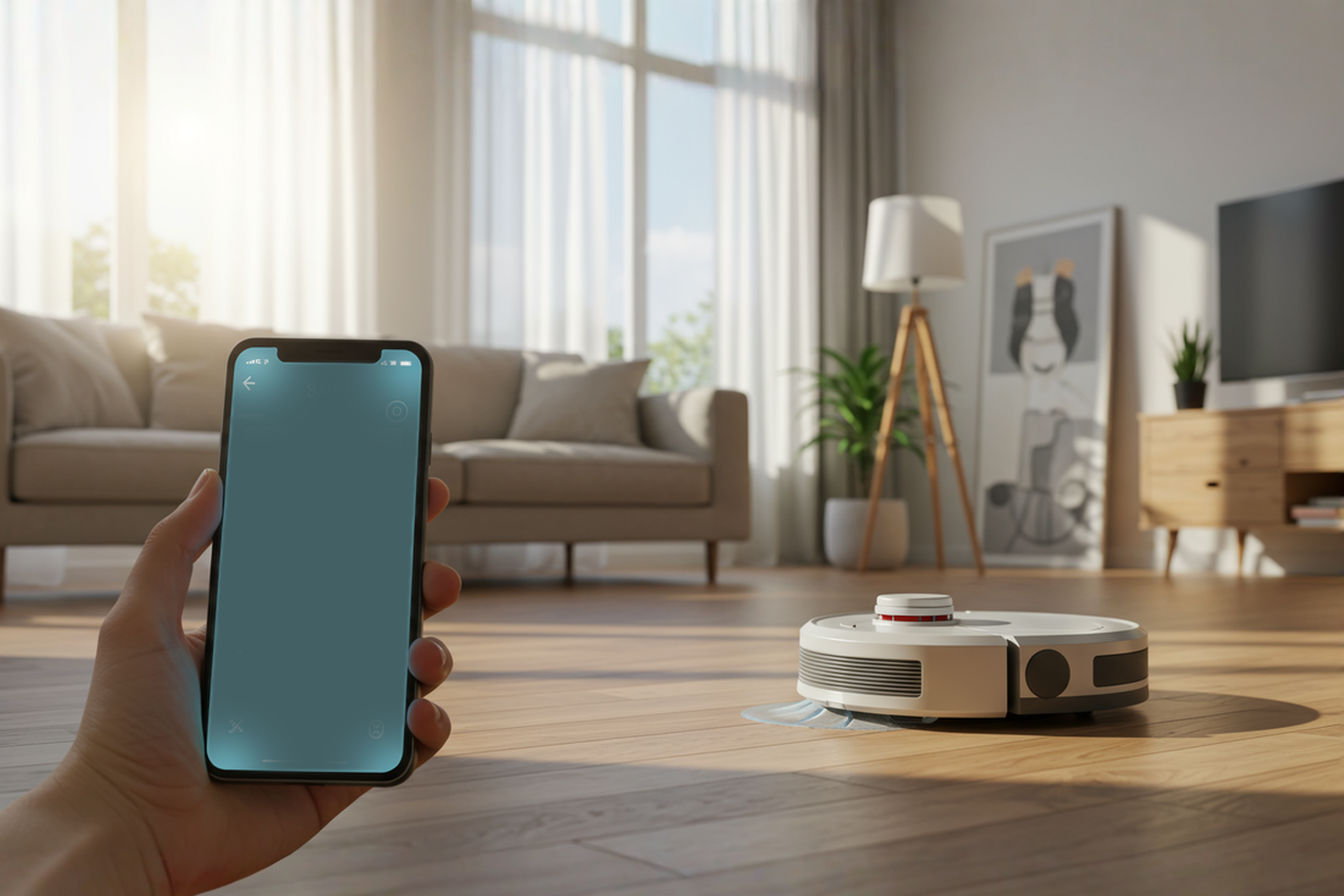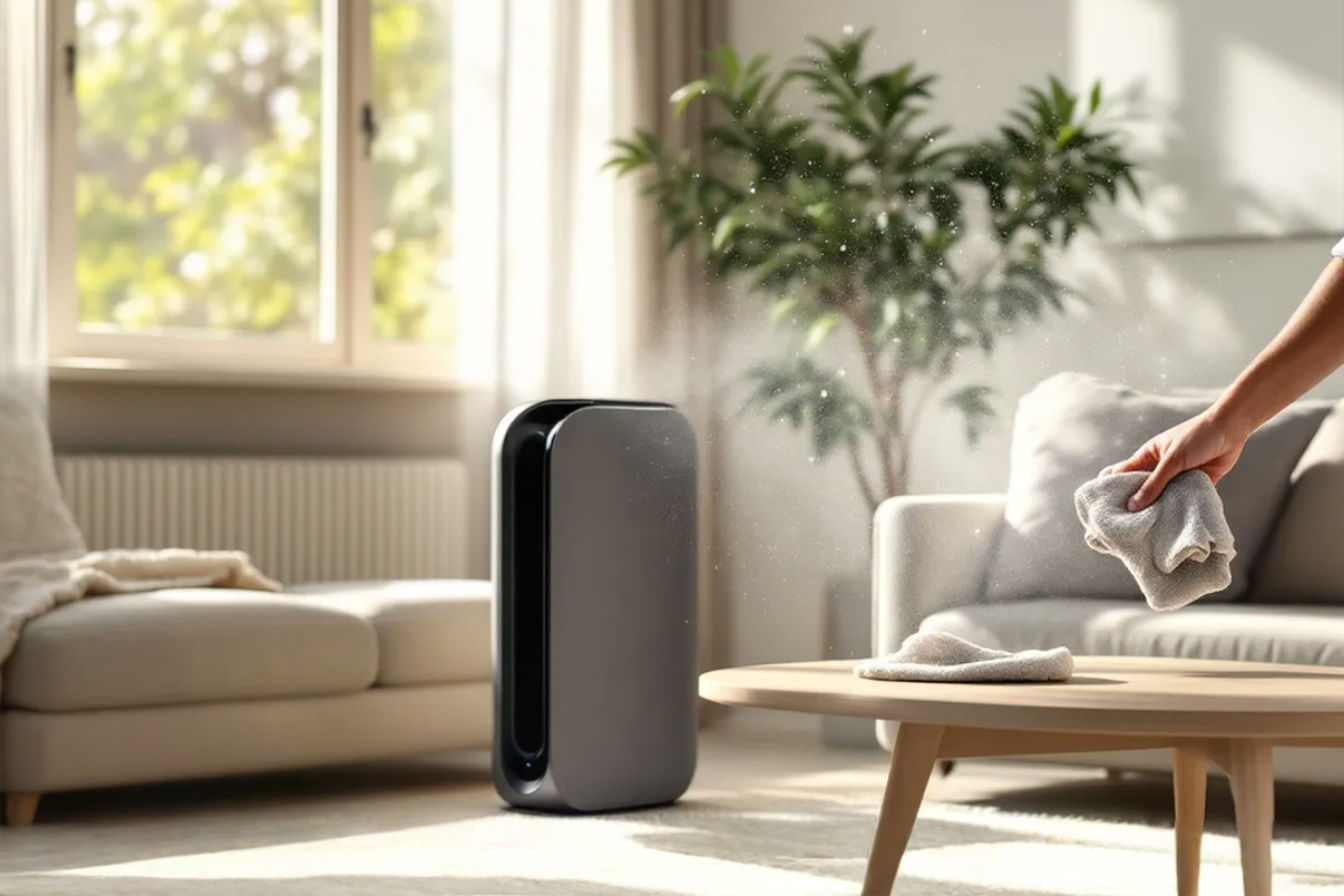Filter Cleaning Equipment: Restore Vacuum Performance Without Replacement
Learn how the right filter cleaning equipment can restore your vacuum’s performance, extend filter life, and save money. Discover tools for every filter type.
This post may contain affiliate links. If you make a purchase through these links, we may earn a commission at no additional cost to you.
Your vacuum cleaner gradually loses suction, cleaning becomes less effective, and you notice dust escaping during operation. These common problems often stem from one simple source: a dirty filter. Many vacuum owners automatically reach for replacement filters, unnecessarily spending money and creating waste. This comprehensive guide explores the tools and techniques that enable you to restore your vacuum’s performance by properly cleaning its filters instead of replacing them.
Filter maintenance represents a crucial yet often overlooked aspect of vacuum care. A well-maintained filter improves cleaning efficiency and extends the life of your vacuum while protecting indoor air quality. By investing in the right cleaning equipment and learning proper techniques, you can save hundreds of dollars over your vacuum’s lifetime while maintaining optimal performance.
This article examines the various types of filter cleaning equipment available, from everyday household items to specialized tools. You’ll discover which options work best for different filter types, learn step-by-step cleaning procedures, and understand when cleaning suffices versus when replacement becomes necessary.
Understanding Vacuum Filters: Types and Functions
Vacuum cleaners utilize several filter types, each with unique properties and cleaning requirements. HEPA (High-Efficiency Particulate Air) filters capture microscopic particles as small as 0.3 microns, including allergens and fine dust. Foam filters provide basic filtration in many bagless models. Cloth filters offer washable durability in shop vacuums and some household models. Pleated filters feature an accordion-like design that maximizes surface area for improved filtration.
These filters serve as your vacuum’s defensive line, preventing dust and debris from entering the motor while ensuring clean exhaust air. They directly impact your machine’s performance and longevity. As filters collect debris, airflow diminishes, causing reduced suction power and decreased cleaning effectiveness.
Your filter likely needs attention when you notice visible dirt accumulation, reduced suction power, or unusual odors during operation. Some vacuums feature indicator lights that signal when filter maintenance becomes necessary. Regular inspection reveals telltale signs like discoloration, clogging, or damaged areas that affect performance.
Essential Filter Cleaning Tools
Effective filter maintenance requires appropriate tools, many of which you likely already own. A soft-bristled brush removes surface debris without damaging delicate filter material. Microfiber cloths provide gentle wiping capability for frames and housings. Compressed air cans offer precision cleaning for pleated filters with difficult-to-reach crevices. Running water serves as the simplest cleaning medium for many washable filters.
Several specialized items enhance cleaning effectiveness. Filter cleaning wands attach to your sink faucet, creating directed water pressure that dislodges embedded particles. Vacuum attachment kits include brushes and crevice tools specifically designed for filter maintenance. Filter washing baskets protect delicate materials during cleaning while allowing thorough water penetration.
Professional-grade options deliver superior results for heavily soiled filters. Portable air compressors with regulated pressure settings provide controlled cleaning power. Ultrasonic cleaners use sound waves to remove microscopic particles from filter media. Steam cleaners offer sanitizing capabilities that eliminate bacteria and odors while loosening stubborn debris.
Cleaning Equipment for Different Filter Types
HEPA filters require gentle handling to preserve their intricate fiber structure. Specialized HEPA vacuum attachments with soft bristles safely remove surface dust without penetrating the material. Filter-specific cleaning sprays break down accumulated particles without damaging the filter medium. Protective cleaning chambers prevent cross-contamination during the maintenance process.
Foam filters benefit from different approaches. Filter washing frames secure foam during cleaning while allowing water to flow through. Gentle pressure washers set to low settings rinse these durable filters effectively. Specialized foam filter cleaning solutions dissolve grease and oils that commonly clog these filters.
Cloth and fabric filters typically allow more aggressive cleaning. Fabric-safe brushes with medium-stiff bristles dislodge embedded particles. Garment steamers penetrate fibers to release trapped allergens. Filter cleaning paddles assist in the agitation process during washing, improving debris removal.
Pleated filters present unique challenges due to their structure. Pleated filter combs gently separate folds for more thorough cleaning. Angled cleaning tools reach between pleats to remove hidden debris. Specialized airflow nozzles direct compressed air precisely into pleated recesses for effective dust removal.
Step-by-Step Filter Cleaning Process
Begin with a pre-cleaning inspection to assess your filter’s condition. Carefully remove the filter according to manufacturer instructions, noting its orientation for proper reinstallation. Tap the filter gently over a trash can to dislodge loose debris. Photograph heavily soiled filters before cleaning to help identify areas needing special attention.
Dry cleaning methods provide the first line of maintenance. Vacuum the filter’s surface using a secondary vacuum with a brush attachment on low suction. Sweep with a cleaning brush in the direction of pleats or fabric grain. Use compressed air held at least six inches away, working from clean areas toward dirty ones to prevent forcing debris deeper into the material.
Wet cleaning techniques address more stubborn contamination. Rinse washable filters under lukewarm water, working from the clean side toward the dirty side. Apply manufacturer-approved cleaning solutions with a soft brush using gentle circular motions. Soak extremely dirty filters according to product instructions, typically for 15-30 minutes.
Proper drying approaches prevent mold and maintain filter integrity. Shake excess water gently without distorting the filter shape. Place filters on a clean towel in a well-ventilated area away from direct sunlight. Allow complete drying—typically 24-48 hours—before reinstallation. Never use heat sources like hair dryers, which can damage filter media.
DIY Filter Cleaning Solutions
Homemade cleaning options offer effective alternatives to commercial products. A mixture of equal parts white vinegar and water dissolves mineral deposits and kills bacteria. Mild dish soap diluted in warm water removes grease and oils without leaving residue. Baking soda paste applied to stubborn stains helps break down organic matter when allowed to sit for 10-15 minutes.
Ordinary household items transform into valuable cleaning tools with creative application. Old toothbrushes provide detailed cleaning of filter frames and seals. Makeup brushes offer extremely soft bristles ideal for delicate filter surfaces. Aquarium tubing attached to faucets creates DIY pressure washers for durable filter types.
Budget-friendly approaches maximize effectiveness while minimizing expense. Reusable spray bottles filled with homemade solutions reduce ongoing costs. Repurposed food storage containers become soaking baths for small filters. Clean paintbrushes from art supplies offer variable stiffness options for different filter materials.
Professional Filter Cleaning Equipment
Commercial cleaning systems deliver superior results for heavily soiled filters or those with specialized requirements. Professional filter washing stations feature adjustable pressure settings and specialized attachments for different filter types. Cyclonic pre-cleaners remove loose particles before wet cleaning begins. Multi-stage cleaning processes address different contaminants sequentially.
Shop vacuums and air compressors provide powerful cleaning capabilities. HEPA-equipped shop vacuums prevent cross-contamination during cleaning. Variable-pressure air compressors with moisture traps prevent water damage to filters. Specialized vacuum attachments designed specifically for filter maintenance improve efficiency.
Ultrasonic cleaners represent the gold standard for thorough filter cleaning. These devices use high-frequency sound waves to create microscopic bubbles that implode against surfaces, removing even the smallest particles without damaging filter material. They operate effectively with specialized cleaning solutions formulated for specific contaminants and filter types.
Maintaining Your Filter Between Deep Cleanings
Regular maintenance extends the interval between deep cleanings. Quick-cleaning brush sets allow for surface dust removal without filter removal. Handheld vacuums with brush attachments provide targeted maintenance. Filter slapping pads offer a controlled surface for tapping out loose debris without damage.
Several approaches simplify ongoing maintenance. Pre-filter maintenance kits extend primary filter life by capturing larger particles first. Filter protection wraps for storage prevent contamination between uses. Vacuum maintenance calendars help track cleaning schedules based on usage patterns.
Preventive measures significantly reduce cleaning frequency. Proper vacuuming techniques, like emptying dust cups before they reach capacity, prevent filter overloading. Regular vacuuming maintenance pathways reduce dirt accumulation before it reaches filters. Home air purification systems capture airborne particles before they enter your vacuum system.
When to Clean vs. When to Replace
Evaluating filter condition requires attention to several indicators. Permanent discoloration despite thorough cleaning suggests embedded contaminants that affect performance. Structural damage such as tears, holes, or crumbling material necessitates replacement. Manufacturer recommendations typically specify maximum cleaning cycles before replacement becomes necessary.
Testing filter efficacy helps make the replacement decision. Hold clean, dry filters up to a light source—effective filters block most light. The white paper test involves running your vacuum over talcum powder on white paper; poor pickup indicates filter issues. Persistent odors after cleaning often signal that replacement time has arrived.
Understanding manufacturer guidelines prevents premature replacement while ensuring proper function. Most washable filters withstand 20-30 cleaning cycles before efficiency declines. Non-washable filters designed for cleaning (not replacement) typically handle 5-10 cleaning cycles. Manufacturer websites often provide model-specific maintenance schedules worth consulting.
Best Practices for Filter Cleaning
Avoiding common mistakes preserves filter function and extends lifespan. Never use harsh chemicals like bleach or ammonia that damage filter media. Avoid high-pressure washing that can create holes or tears in delicate materials. Steer clear of scrubbing with abrasive brushes that break down filter fibers.
Maximizing filter lifespan requires appropriate techniques. Always clean filters according to type-specific instructions rather than using a one-size-fits-all approach. Store clean filters in breathable containers that prevent moisture accumulation. Follow proper installation procedures to prevent air bypass around filter edges.
Ensuring vacuum performance involves systematic maintenance. Clean all filters in multi-filter systems simultaneously for balanced airflow. Inspect vacuum pathways while filters are removed to identify additional cleaning needs. Test suction after reinstallation to confirm proper filter seating and function.
Conclusion
Proper filter cleaning equipment and techniques offer significant benefits to vacuum owners. By maintaining rather than replacing filters, you reduce environmental waste while saving money. The right cleaning tools and methods restore your vacuum’s performance to near-original levels, extending both filter and vacuum lifespan.
This comprehensive approach to filter maintenance represents an often-overlooked aspect of household management. With minimal investment in appropriate cleaning equipment and regular attention to filter condition, you’ll maintain optimal indoor air quality while ensuring your vacuum operates at peak efficiency for years to come.
Remember that different filter types require specific cleaning approaches. By selecting the appropriate tools and methods for your particular vacuum model, you’ll achieve the best possible results. Whether using simple household items or investing in specialized equipment, proper filter maintenance delivers valuable returns in performance and longevity.

